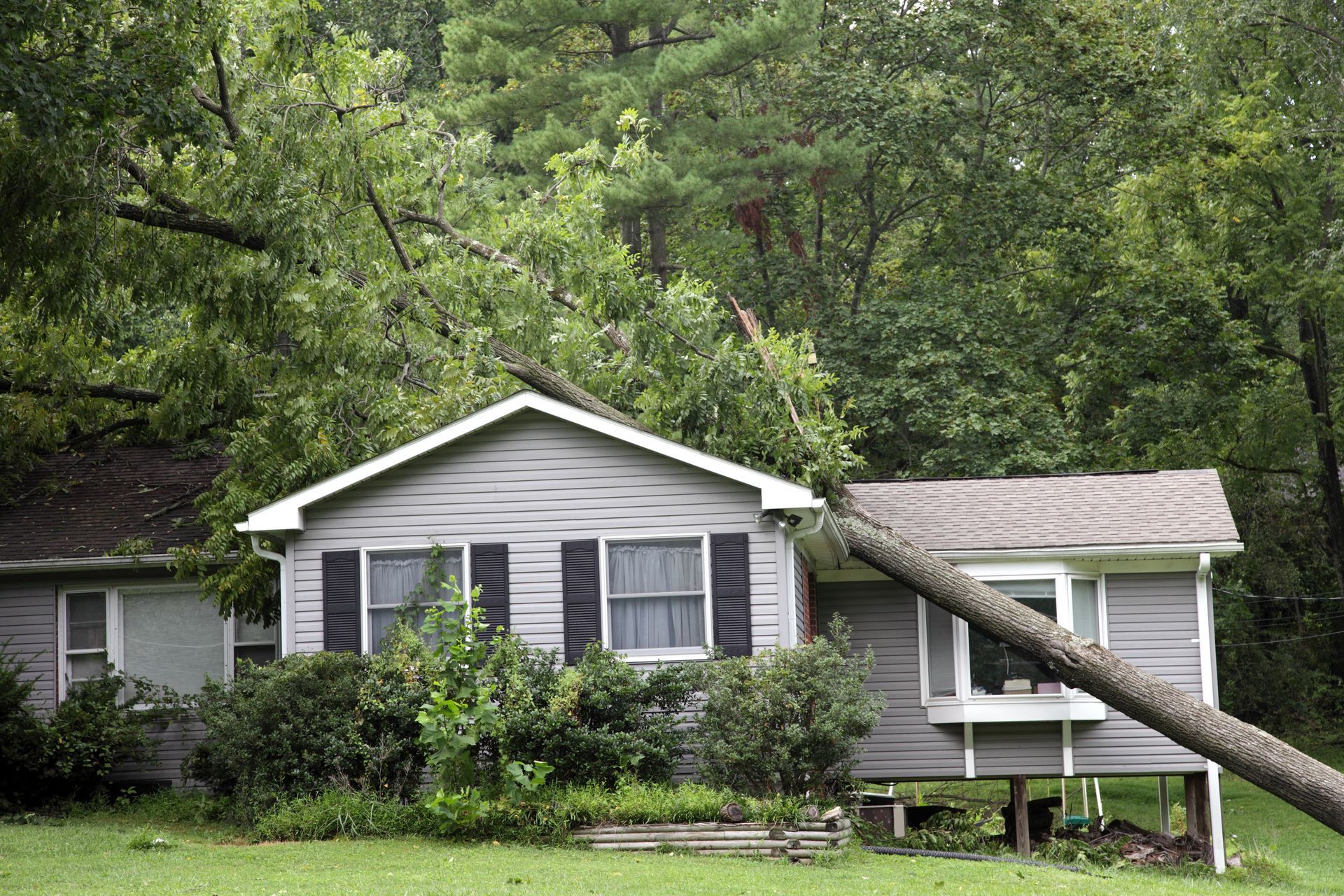Northeast Ohio Home Services
Welcome to Northeast Ohio Home Services, your trusted partner for all your home improvement needs. Whether you're looking to upgrade your home's exterior, tackle essential repairs, or enhance your living space, we offer a comprehensive range of services designed to keep your home in top condition. Our team of skilled professionals is dedicated to delivering quality craftsmanship and exceptional customer service, ensuring your home remains beautiful, functional, and protected against th e elements. Discover how our tailored solutions can transform your house into the home of your dreams.
Premium Roofing Services for Lasting Protection and Curb Appeal.
Reliable roofing services that protect your home with durable materials and expert craftsmanship.

Expert Window Installation for Energy Efficiency and Style.
Reliable roofing services that protect your home with durable materials and expert craftsmanship.
Top-Quality Siding Services for Durability and Gorgeous Home Aesthetics.
Reliable roofing services that protect your home with durable materials and expert craftsmanship.

Efficient Gutter Solutions for Optimal Water Management and Protection.
Reliable roofing services that protect your home with durable materials and expert craftsmanship.
Home Services FAQs
We love to help you in your time of need, which is why we have put together some of the most frequently asked questions about our the home services that we provide. If you don't see a question that you're curious about just contact us because we would love to answer your questions!
Roofing FAQs
Welcome to our Roofing FAQs section. Here, we answer some of the most common questions about roofing to help you make informed decisions. If you have additional questions or need personalized advice, feel free to contact us.
How much does a new roof cost?
The cost of a new roof varies based on several factors, including the size of your home, the type of roofing material, and the complexity of the installation. On average, you can expect to pay between $5,000 and $15,000. Because each project is unique, it’s best to get a detailed estimate from a professional roofing company to understand the exact cost for your home.
How long does a roof last?
Roof lifespan depends on the type of roofing material you choose. Asphalt shingles typically last between 15 and 30 years, while metal roofs can last 40 to 70 years. Because proper maintenance can extend the life of your roof, it’s important to keep up with regular inspections and repairs to ensure your roof remains in good condition.
What are signs of roof damage?
Signs of roof damage include missing or broken shingles, water stains on your ceilings or walls, and sagging areas on the roof. Additionally, granules from shingles may collect in gutters, and mold or algae growth can appear on the roof surface. If you notice any of these issues, it’s important to have a professional inspect your roof as soon as possible to address any problems.
What is the best roofing material?
The best roofing material depends on your specific needs and budget. Asphalt shingles are popular for their affordability and ease of installation. Metal roofing is known for its durability and long lifespan. For those seeking a more upscale option, slate or tile roofing provides a classic look and exceptional longevity. Therefore, consider factors such as climate, style preferences, and cost when choosing the best material for your roof.
What causes roof leaks?
Roof leaks can be caused by various factors, including damaged or missing shingles, faulty flashing around chimneys or vents, and clogged gutters. Additionally, improper installation or age-related wear and tear can contribute to leaks. Because roof leaks can lead to significant damage, it’s important to address any issues promptly to prevent further problems.
How often should I inspect my roof?
You should inspect your roof at least twice a year—once in the spring and once in the fall. Additionally, it’s a good idea to check your roof after severe weather events, such as heavy storms or high winds. Regular inspections help identify and address minor issues before they become major problems, ensuring your roof remains in good condition.

Windows FAQs
Welcome to our Windows FAQ section. Here, we address common questions to help you make informed decisions about your windows. If you have any additional questions or need personalized advice, please contact us.
How much do new windows cost?
The cost of new windows can vary based on several factors, including the type of window, size, material, and installation complexity. On average, you might expect to pay between $300 and $1,000 per window. Because each project is unique, it's best to get a detailed quote from a professional to understand the total cost for your specific needs.
What are the best replacement windows?
The best replacement windows depend on your specific requirements and budget. Vinyl windows are popular for their affordability and low maintenance. Wood windows offer excellent insulation and a classic look but require more upkeep. For those seeking high energy efficiency, fiberglass windows are a great option. Therefore, consider factors such as energy efficiency, durability, and maintenance when choosing the best replacement windows for your home.
What are the different types of windows?
There are several types of windows to choose from, including single-hung, double-hung, casement, and sliding windows. Single-hung windows have a fixed top sash and a movable bottom sash. Double-hung windows have two sashes that can move up and down. Casement windows open outward on hinges, and sliding windows have sashes that slide horizontally. Therefore, choosing the right type depends on your home’s style and functionality needs.
What causes condensation on windows?
Condensation on windows occurs when warm, moist air comes into contact with the cold window surface. This can be caused by high indoor humidity levels, poor ventilation, or inadequate insulation. Because condensation can lead to mold growth and damage, it's important to address the underlying causes to prevent it from occurring.
How do I choose the right window style?
Choosing the right window style involves considering both aesthetics and functionality. Start by assessing your home's architectural style and the desired amount of natural light and ventilation. For example, casement windows are great for ventilation, while picture windows are ideal for maximizing views. Therefore, it’s important to select a window style that complements your home's design and meets your practical needs.
How do I prevent window fogging?
Preventing window fogging involves managing indoor humidity and ensuring proper ventilation. Use a dehumidifier to reduce moisture levels in your home, and make sure your home is well-ventilated by using exhaust fans and opening windows when possible. Additionally, upgrading to double-pane or triple-pane windows can improve insulation and reduce the likelihood of fogging. Therefore, taking these steps can help keep your windows clear and free from fog.
Siding FAQs
Welcome to our Siding FAQs section. Here, we answer some of the most common questions about siding to help you make informed decisions. If you need further assistance or want to schedule a consultation, contact us today.
How much does siding cost?
The cost of siding varies based on the material, style, and size of your home. On average, you can expect to pay between $3 and $7 per square foot for materials and installation. Because prices can fluctuate, it's a good idea to get a detailed quote from a professional to understand the exact cost for your project.
What is the best type of siding?
The best type of siding depends on your preferences and the climate in your area. Vinyl siding is popular for its affordability and low maintenance. Fiber cement siding offers durability and can mimic the look of wood. Wood siding provides a classic aesthetic but requires more upkeep. Therefore, consider factors such as durability, maintenance, and appearance when choosing the best siding for your home.
How long does siding last?
The lifespan of siding depends on the material used. Vinyl siding can last 20-40 years, while fiber cement siding can last up to 50 years. Wood siding typically lasts 20-30 years with proper maintenance. Therefore, choosing a high-quality siding material and maintaining it regularly can help extend its lifespan.
What are the different types of siding?
There are several types of siding to choose from, including vinyl, wood, fiber cement, and metal. Vinyl siding is low-maintenance and comes in many colors. Wood siding offers a natural look but requires more upkeep. Fiber cement siding is durable and resistant to pests and weather. Metal siding is long-lasting and can be painted to match your home’s style. Therefore, selecting the right type depends on your needs and preferences.
What causes siding to buckle?
Siding can buckle due to several reasons, including poor installation, changes in temperature, or moisture issues. If the siding was not installed correctly or if it is exposed to extreme temperature fluctuations, it may expand or contract, causing it to buckle. Therefore, proper installation and regular maintenance can help prevent these problems.
How do I prevent siding problems?
To prevent siding problems, ensure proper installation and regular maintenance. Inspect your siding for damage or signs of wear and tear and address any issues promptly. Keeping gutters clean and ensuring proper ventilation can also help prevent moisture-related problems. Therefore, staying proactive with maintenance can help keep your siding in good condition and extend its lifespan.

Gutters FAQs
Welcome to our Gutters FAQ section. Here, we address common questions about gutter maintenance and installation to help you keep your home in top shape. If you need professional assistance or want to schedule a consultation, contact us today.
How often should I clean my gutters?
You should clean your gutters at least twice a year—once in the spring and once in the fall. However, if you have a lot of trees near your home, you may need to clean them more often. Regular cleaning is important because clogged gutters can lead to water damage, roof leaks, and other problems. Therefore, staying on top of gutter maintenance can help prevent costly repairs.
What are the signs of gutter problems?
Signs of gutter problems include water stains on your home's exterior, sagging gutters, overflowing gutters, and standing water near your foundation. If you notice any of these issues, it's important to address them promptly. Because these problems can lead to more serious damage, checking your gutters regularly can help you catch and fix issues before they become major problems.
What is the best gutter material?
The best gutter material depends on your needs and budget. Common options include aluminum, copper, and vinyl. Aluminum gutters are durable and affordable. Copper gutters are long-lasting and have a classic look but come at a higher price. Vinyl gutters are easy to install and resistant to rust but may not be as durable as metal options. Therefore, consider factors like cost, durability, and appearance when choosing the best gutter material for your home.
How do I fix a leaky gutter?
To fix a leaky gutter, first, identify the source of the leak. Common causes include holes, loose connections, or damaged sections. Clean the area around the leak, then apply a patch or sealant designed for gutters. Tighten any loose connections or replace damaged sections as needed. Because leaks can lead to water damage, it's important to address them quickly to maintain your home's integrity.
How much does gutter installation cost?
The cost of gutter installation varies based on factors such as the material used, the size of your home, and the complexity of the installation. On average, gutter installation can range from $1,000 to $2,500. For an accurate estimate, it's best to get a detailed quote from a professional. Therefore, considering your budget and needs can help you find the best solution for your home.
What is the best time of year to install gutters?
The best time to install gutters is during mild weather, typically in the spring or fall. This is because extreme temperatures can affect the installation process and the performance of the gutters. Installing gutters in moderate weather ensures a better installation and allows for proper curing of materials. Therefore, scheduling your installation during these seasons can help ensure a successful project.



